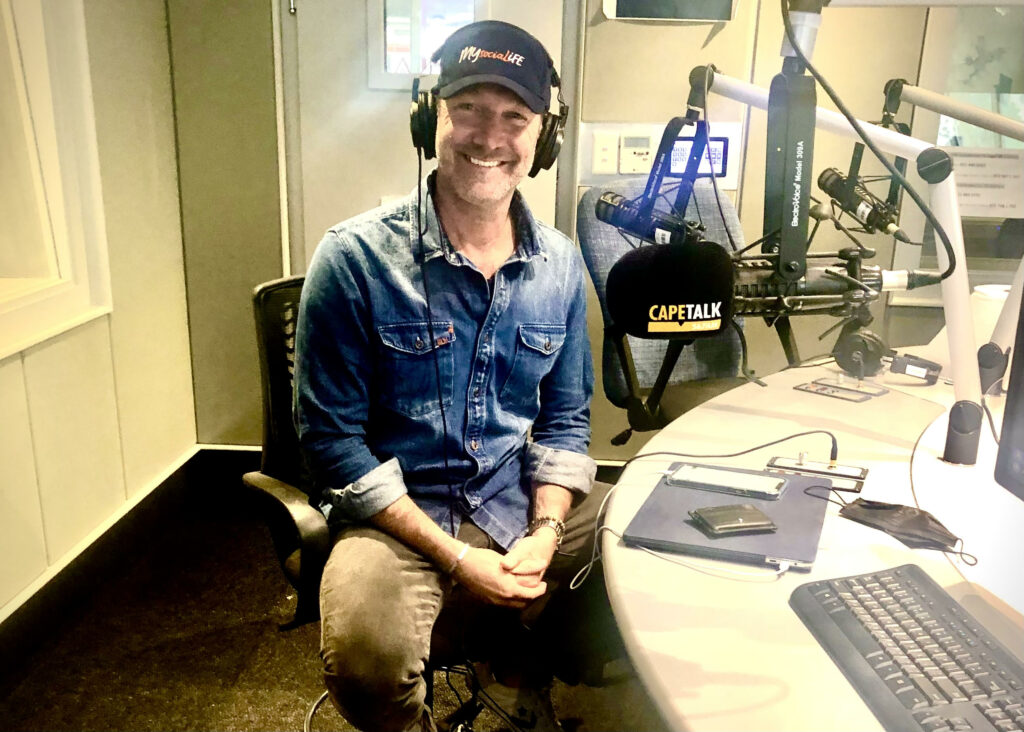Instagram Tips For Parents
When you arrive at a blog with an urgent need for advice, you wish they would get to the point, and provide the tips straight away. We’ll do that. Here you’ll find the top Instagram tips for parents. First, if you missed the interview on radio, start here. Second, start here, released in Q1 of […]
Instagram Tips For Parents Read More »




